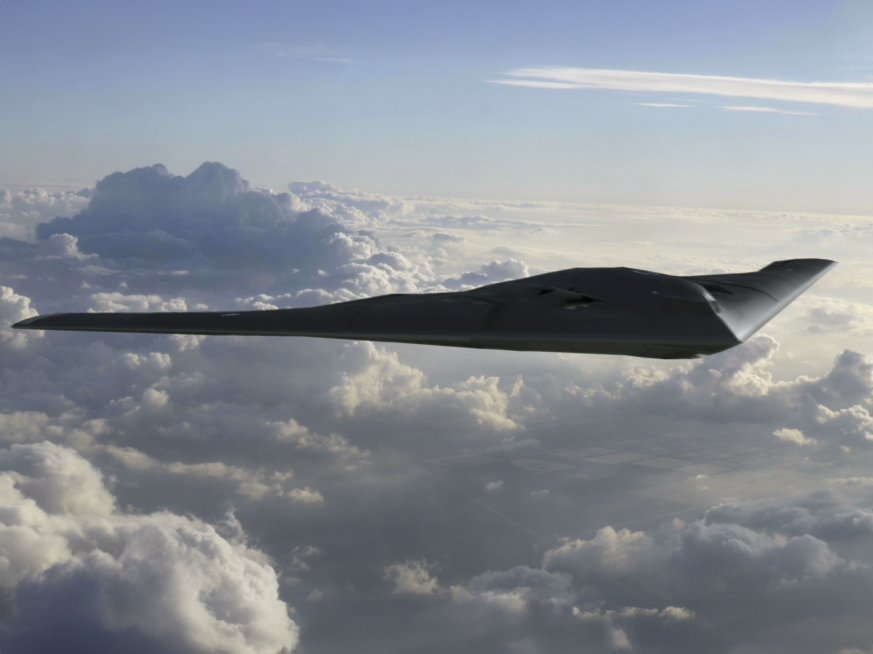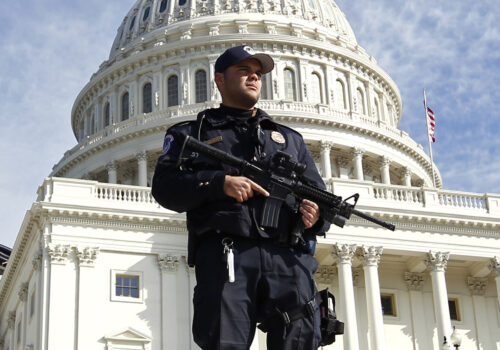A US defense strategy to win the next conflict
This issue brief is part of the Scowcroft Center for Strategy and Security’s National Defense Strategy Project, outlining the priorities the Department of Defense should address in its next NDS.
Executive summary
The next National Defense Strategy (NDS) is set to reshape US military strategy in an era of evolving global threats—from the rise of China as a primary competitor to emerging challenges in homeland security. At the same time, it must correct the shortcomings of previous strategies, including the failure to clearly balance defense and power projection, as well as an overly narrow focus on nuclear missile and terrorist threats.
To sharpen its approach to national defense, the second Trump administration should center the forthcoming NDS around five critical priorities: defending the homeland, deterring strategic attacks on the United States through a resilient and modernized deterrent posture, recognizing China as the primary competitor globally, modernizing US forces for combined arms operations in the age of AI and autonomy, and securing US military dominance in space.
Together, these five priorities form a comprehensive framework to protect the lives of US citizens, interests, and values in an increasingly contested world. In this sense, the next NDS is more than a policy document—it is an opportunity. A bold strategic vision must be met with the necessary resources and capabilities to back it up. By embracing these priorities with clarity and commitment, the NDS can deliver a defense strategy that meets today’s threats and secures the United States’ future.
View the full issue brief
About the author
Related content
Explore the program

Forward Defense leads the Atlantic Council’s US and global defense programming, developing actionable recommendations for the United States and its allies and partners to compete, innovate, and navigate the rapidly evolving character of warfare. Through its work on US defense policy and force design, the military applications of advanced technology, space security, strategic deterrence, and defense industrial revitalization, it informs the strategies, policies, and capabilities that the United States will need to deter, and, if necessary, prevail in major-power conflict.
Image: A team of F-35A Lighting II aircraft assigned to the 115th Fighter Wing, Wisconsin Air National Guard, fly of the wing tip of a KC-135 stratotanker aircraft, assigned to the 171st Air Refueling Wing, Pennsylvania Air National Guard during a routine training mission, May 14, 2025. (US National Guard/ZUMA Press Wire)



